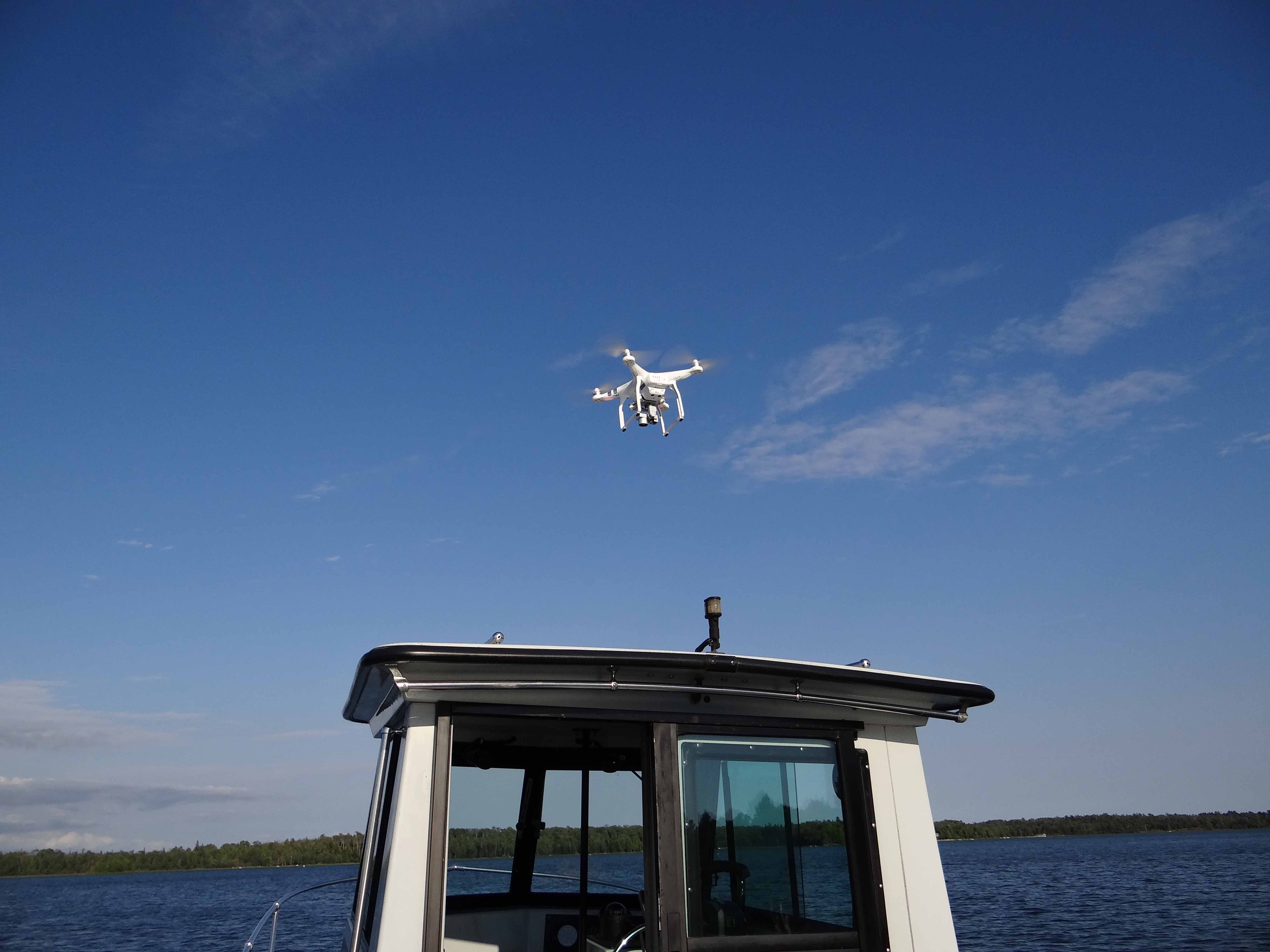Earthzine: Use of Remote Sensing, Hydrodynamic Modeling, and Ecological Observation to Monitor EWM in LCI
Author: Kelley Christensen
Author Affiliation: IEEE Earthzine’s Science Editor
Journal: IEEE Earthzine, 11/5/2016
Abstract: Colin Brooks, senior research scientist and environmental science lab manager at Michigan Tech Research Institute (a research center of Michigan Technological University), is the principal investigator in a U.S. Environmental Protection Agency Great Lakes Restoration Initiative-funded study of the effectiveness of using multispectral imagery to differentiate Eurasian watermilfoil from other submerged aquatic vegetation, and to monitor the effectiveness of different control methods.
